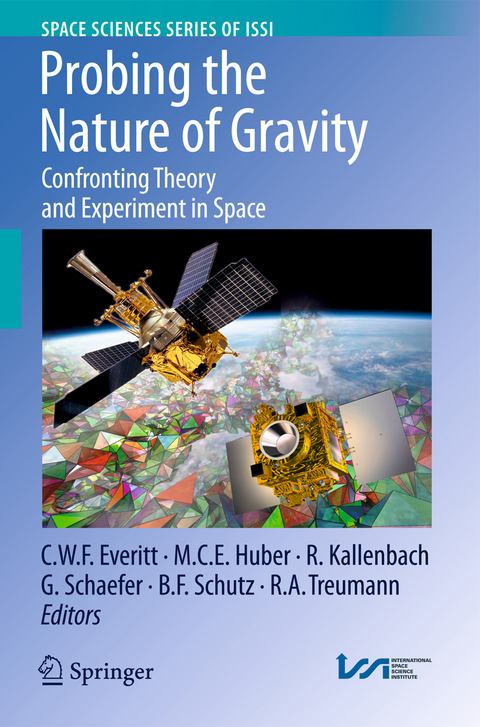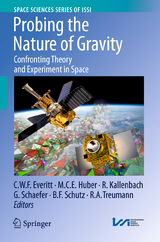Probing the Nature of Gravity
Springer-Verlag New York Inc.
978-1-4419-1361-6 (ISBN)
The Confrontation Between General Relativity and Experiment.- From Classical Theory to Quantum Gravity.- Wolfgang Pauli and Modern Physics.- Gravitomagnetism in Physics and Astrophysics.- Gravity Probe B Data Analysis.- Towards a One Percent Measurement of Frame Dragging by Spin with Satellite Laser Ranging to LAGEOS, LAGEOS 2 and LARES and GRACE Gravity Models.- Lense-Thirring Precession in the Astrophysical Context.- New Frontiers at the Interface of General Relativity and Quantum Optics.- The Pioneer Anomaly in the Light of New Data.- The Puzzle of the Flyby Anomaly.- Time-Dependent Nuclear Decay Parameters: New Evidence for New Forces?.- Tests of the Gravitational Inverse Square Law at Short Ranges.- The Equivalence Principle and the Constants of Nature.- Laboratory Tests of the Equivalence Principle at the University of Washington.- Lunar Ranging, Gravitomagnetism, and APOLLO.- Atom-Based Test of the Equivalence Principle.- Testing General Relativity with Atomic Clocks.- Fundamental Constants and Tests of General Relativity—Theoretical and Cosmological Considerations.- Testing the Stability of the Fine Structure Constant in the Laboratory.- Constraining Fundamental Constants of Physics with Quasar Absorption Line Systems.- The Role of Dark Matter and Dark Energy in Cosmological Models: Theoretical Overview.- Some Uncomfortable Thoughts on the Nature of Gravity, Cosmology, and the Early Universe.- The Cosmic Microwave Background and Fundamental Physics.- Perspectives on Dark Energy.- An Assessment of the Systematic Uncertainty in Present and Future Tests of the Lense-Thirring Effect with Satellite Laser Ranging.- Misalignment and Resonance Torques and Their Treatment in the GP-B Data Analysis.- Polhode Motion, Trapped Flux, and the GP-B Science DataAnalysis.- The Gravity Probe B Data Analysis Filtering Approach.- GP-B Systematic Error Determination.- Space-Time Metrology for the LISA Gravitational Wave Observatory, and Its Demonstration on LISA Pathfinder.- The Microscope Mission and Its Uncertainty Analysis.- The STEP and GAUGE Missions.- Satellite Test of the Equivalence Principle Uncertainty Analysis.- What Determines the Nature of Gravity? A Phenomenological Approach.
| Reihe/Serie | Space Sciences Series of ISSI ; 34 |
|---|---|
| Zusatzinfo | 30 Illustrations, color; 120 Illustrations, black and white; VI, 574 p. 150 illus., 30 illus. in color. |
| Verlagsort | New York, NY |
| Sprache | englisch |
| Maße | 155 x 235 mm |
| Themenwelt | Naturwissenschaften ► Physik / Astronomie ► Astronomie / Astrophysik |
| Naturwissenschaften ► Physik / Astronomie ► Hochenergiephysik / Teilchenphysik | |
| Naturwissenschaften ► Physik / Astronomie ► Quantenphysik | |
| Naturwissenschaften ► Physik / Astronomie ► Relativitätstheorie | |
| Naturwissenschaften ► Physik / Astronomie ► Theoretische Physik | |
| ISBN-10 | 1-4419-1361-0 / 1441913610 |
| ISBN-13 | 978-1-4419-1361-6 / 9781441913616 |
| Zustand | Neuware |
| Haben Sie eine Frage zum Produkt? |
aus dem Bereich




